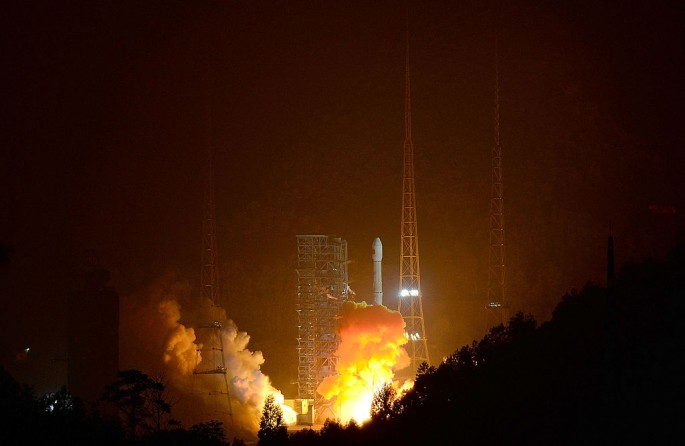China’s first lunar lander, Chang’e 3, marked its second year of operations on the moon--the longest for any active probe--according to Ye Peijian, chief scientist of the Chang’e 3 program, China Daily reported.
The probe, which was only estimated to be operational for a year, went beyond its time limit and went on to serve 15 more months since it landed on the moon last Dec. 14, 2013.
"It seems that Chang'e 3 will continue to keep working," said Ye in an interview with China Daily.
Chang'e 3, which was in hibernation mode, assumed operations and entered its 28th lunar day, the State Administration for Science, Technology, and Industry for National Defense (SASTIND) announced on Feb. 18.
According to SASTIND officials, Chang'e 3's devices, particularly its surveying gadgets and astronomical telescope, are still in good working condition.
Meanwhile, Yutu, a lunar rover that landed with Chang'e 3 on the moon, was only designed to operate for a maximum of six months.
"Now, because of a mechanical control abnormality, Yutu is immobile," said Ye. "The defect also affected the solar panels that cover the rover during the lunar night to protect it from the harsh temperatures. Despite the panels not working, Yutu still continues to collect and send data to Earth thanks to its innovative temperature control system."
China's lunar expedition will continue this year, with plans to launch a data relay satellite to support a trip to the far side of the moon, Ye announced on Tuesday, March 1.
Plans to launch the Chang'e 4 probe to explore the dark side of the moon was announced in January and is expected to happen around 2018. This side of the moon has never been explored by humans due to gravitational forces.
Through a communication station on the Langrage point L2, Earth will be able to keep tabs on the Chang'e 4.
"The moon is too small to block the signal transmission between Earth and the data relay satellite," Ye said.
Chang'e 4 will be the fourth probe China will send to the moon. The country began its lunar exploration in 2007 with the launch of the Chang'e 1, followed by Chang'e 2 and Chang'e 3. Meanwhile, the Chang'e 5 mission is expected to commence around 2017.



























